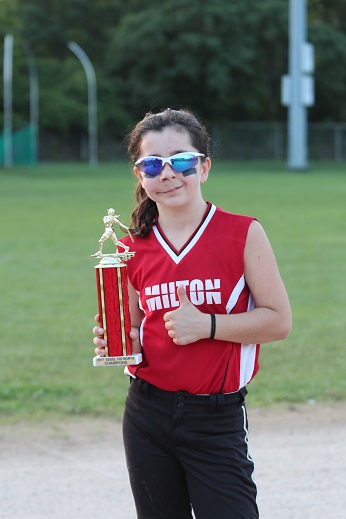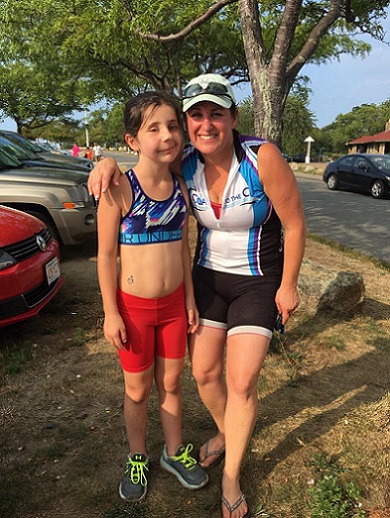Consumer Involvement



Riley Donovan was born prematurely, but seemingly healthy, at 36 weeks. She had low muscle tone, called hypotonia, but the reason for this was unknown. Riley received physical and occupational therapy from 3 months to 3 years of age to improve her muscle tone. Riley's mother, Michelle, still remembers the first day that Riley walked; she was 20 months of age, and it was if she had just finished a marathon! However, between Riley's 4th and 5th birthdays, Michelle started to notice some concerning traits. Riley started to show structural abnormalities within her right lip and cheek, and she had several light brown pigmentation spots, known as cafe au lait spots, which can be indicative of neurofibromatosis (NF) type 1 (NF1). As a pathologist, Michelle had learned about NF in medical school and was worried, but hoped that she was wrong. Michelle presented these symptoms to Riley's pediatrician, who agreed with her fears. After clinical testing, Riley was diagnosed with the genetic disorder NF1, which, in hindsight, explained her low muscle tone at such a young age. One of the hallmarks of NF1 is the presence of benign but infiltrative tumors that are difficult to treat, called plexiform neurofibromas. Riley had her first magnetic resonance imaging test at 5 years of age and was found to have three of these tumors in her head and neck.
Riley is now 12 years old and receives annual screening by NF specialists. Thankfully, her tumors are slow-growing, and she has undergone only one minor NF-related surgery. Michelle and her family are waiting until Riley is a little older before considering any major surgeries. In addition to the challenges of NF1 tumors, Riley wears a brace for scoliosis, which is NF-related, and takes medication for attention deficit hyperactivity disorder. But Riley has persevered; she loves to play softball and spend time with her friends and, in many ways, is a normal pre-teen girl.
Michelle has found that the hardest part of dealing with an NF1 diagnosis is the fear, worry, and uncertainty that accompanies it. However, the unknowns in her daughter's future are what drive her family's approach to daily life. They refuse to allow NF1 to control their lives; instead, they focus on what they can control. Michelle is very active in the NF community through NF, Northeast (NFNE), an advocacy organization where she works with support groups and raises awareness for NF. She has completed seven Coast to the Cure NF Bike Rides and has personally raised nearly $112,000 for NFNE. In addition to her advocacy roles, Michelle is a consumer reviewer for the Department of Defense's Neurofibromatosis Research Program (NFRP). Through the NFRP, Michelle is working to ensure that the NF consumer voice is heard and is positively impacting the review of NF research proposals to ensure wise investment in the research community to best fight NF and improve the lives of patients and families. Michelle feels that her participation in the NFRP is one of the most important things she does for her daughter and others affected by NF.


Last updated Wednesday, March 12, 2025














